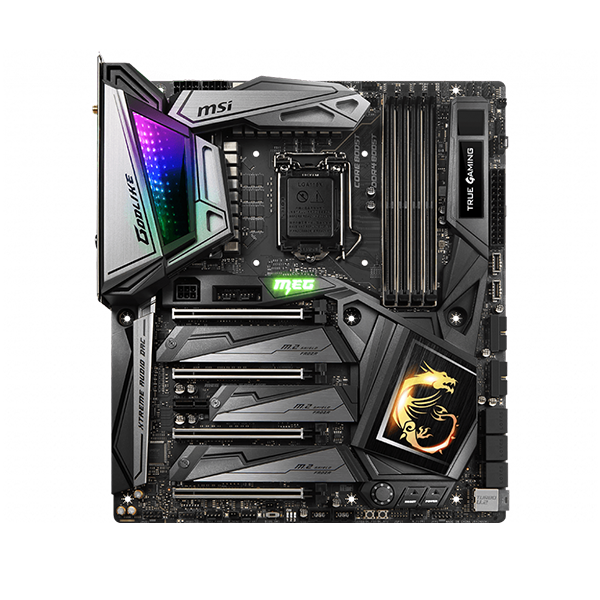How to fix a PC that shows no sign of power?
When pressing down the power button to start up the PC, the fan is not running, LED indicators don't light, the PC is not getting power at all. It is recommended to test the front panel power connector is in the right position, and next, to test the CPU – check whether the CPU is compatible to the motherboard, CPU is installed correctly, and CPU power supply. To reset BIOS is also a good choice to troubleshoot the problem. If the problem still persist, we would recommend you perform a POST test. And the last step is to cross testing the parts and peripherals to see whether the hardware works normally.
- Front panel power connectors
- Check CPU compatibility
- CPU installation
- CPU power supply
- Reset BIOS
- Perform a POST test
- Cross-testing parts and peripherals
Front panel power connectors
Check the JFP1 port well inserted or to boot up the PC by short circuit the 6th and 8th Pins on JPF1 with metal equipment such as a screwdriver.

Check CPU compatibility
To check if your CPU is compatible with the motherboard, please refer to the compatibility report on MSI.com
Type in your model on the top right corner’s search bar of MSI official website, hit [Enter] to find the matching result.

Select [Compatibility] down below the model name

Select [CPU] tab to find the compatible CPU models.
If your CPU is not listed on the compatibility report, that means it has not passed MSI’s recommended requirements, we suggest to use the compatible CPU models to receive the best experience.

If the CPU is compatible, please check if the CPU is installed correctly
Steps for installing Intel CPU:

Steps for installing AMD CPU:

CPU power supply
If the CPU installed in a right way, please check the CPU power supply and 24PIN power supply is well connected

Reset BIOS
Disconnect the main AC power by either shutting off the power button on the back of your power supply or simply pulling out the power cable.
Clear the BIOS data by moving JBAT1 from its original 1-2 position to 2-3 position after discharge the computer.
You can also remove the CMOS battery for about five minutes from your motherboard.

Perform a POST Test
Remain the motherboard with CPU, CPU radiator fan and a single RAM memory (installing on the second RAM’s DIMM slots up by the CPU socket).
Remove all the external peripherals such as USB devices, USB flash drive, Hard drives and PCI-e cards.
Try booting the computer; if it can be powered on normally, then the problem may come from other peripherals. Please add the peripherals one at a time to reconnect each device until you determine which device or cable is causing the issue.
If the problem still persists, please continue the troubleshooting process below.
Cross testing the parts and peripherals
If possible, please conduct cross-test to replace the CPU, motherboard and power supply device respectively. If replacing a power supply solved the issue, it indicates that there may be some problems with the replaced device.




